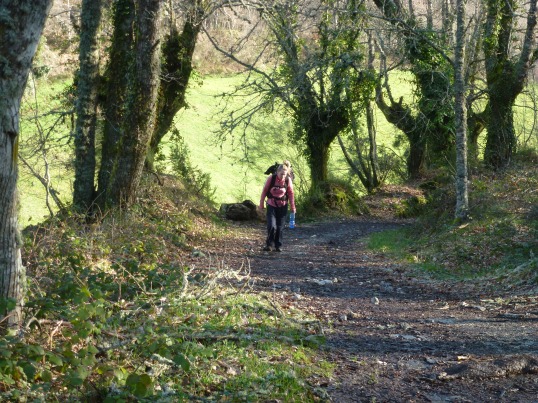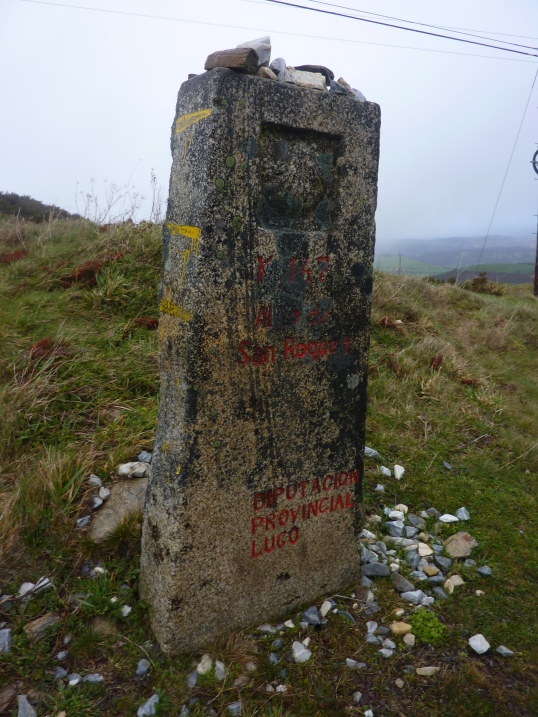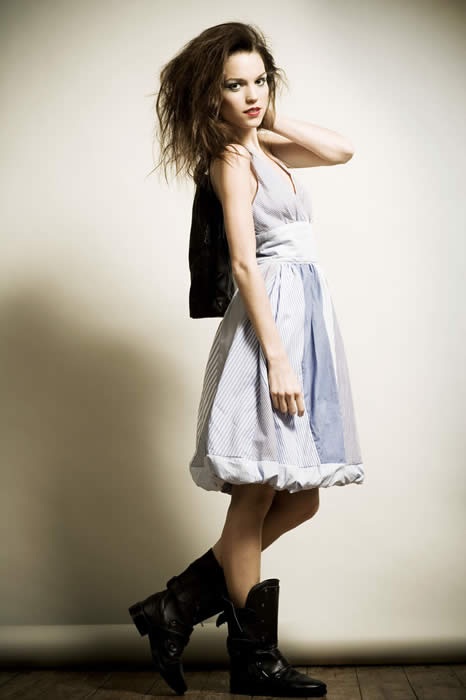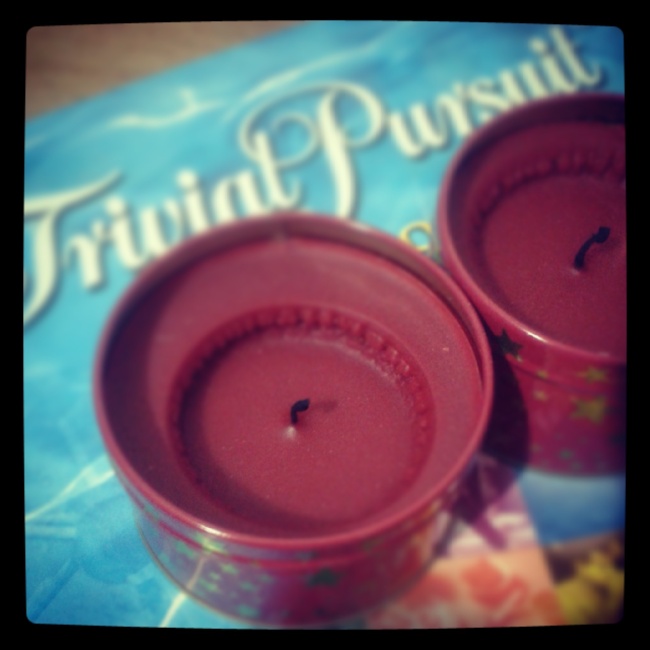I have just come back from walking a 160-something kilometre section of the Camino de Santiago de Compostela.
Preparing for this mad adventure was fairly easy, as what was abundantly clear from those who had done it before was that it was absolutely essential to keep the weight of your bag as low as possible (no more than 10% of your body weight)… After all… It’s a long way to carry a bunch of unnecessary crap. For me… This meant that my packed bag should weigh no more than 6 kilograms. Underwear and socks, a pair of tech trousers, a couple of lightweight tops and some thermals, some waterproofs and my boots… Perfect.Approaching the start date of our camino I was conscious that my challenge was only just beginning and that if there were any specific things I needed (and was unlikely to find second-hand in limited time), I would need to get them before Earth Hour and the launch of my challenge. Turns out, I could make do with mostly things I already had, and only bought a super-light waterproof jacket and some new socks.
Regrettably, though the socks were made from terribly ‘green-sounding’ bamboo fibres and felt pretty soft, they did not live up to my expectations. I had blisters by the end of the first day, and after some very superficial researching found that their environmental credentials are a bit hit and miss. Yes – the growing of bamboo to make the fibres is environmentally friendly, turns out that the manufacturing process to turn this into fabric involves significant amounts of very toxic chemicals. (The message is here that the clothing made from Bamboo fibres is very soft and quite a treat to wear – but if you are buying it for environmental reasons – dig a bit deeper… all is not as is marketed). I persisted with the socks rather than buying new ones, and they held up fine.

The exact moment I realised that I could not effectively intake enough oxygen required to walk up a hill and eat chocolate at the same time…
The walk itself was absolutely stunning… Rolling green hills, crystal clear streams, crisp mornings and fresh air, exactly what was needed to detox from our lives in London. Despite thousands of people walking the routes every year, it was really nice to see only small amounts of discarded litter along the way, probably less than I see each morning on my ten minute walk to the tube station in London. This observation was either an indication that things have changed since 2010 when a Camino forum user posted this or that because we were ahead of the busy 2013 summer season, the litterbugs had not yet arrived. Or maybe the “Spring Clean the Camino” campaign of 2009 is starting to take root, and people are heeding the messages about this issue on the forums. I have my fingers crossed that people are actually engaging their brains.
As we neared Santiago, large blue bins appeared which were filled with the discarded waterproof ponchos and boots people had offloaded as they neared their destination. I’m not sure who provided these as they didn’t have the usual local council logos on them but I did wonder where they ended up after collection and made a mental note to try to find out.
Anyway… What I packed in my bag was not an issue really, but after strolling (read: limping) into Santiago after days of walking down muddy trails, rock hopping over rivers, and at times just dragging my concrete boots through brown sludge… I had an unexpected desire to find the nearest store and ask them to dress me from head-to-toe and throw in some new shoes. Actually, truth is, I would have been equally as happy to buy some clean tracksuit pants and a hoody – the urge was primarily about the comfort of warm, dry, and clean wrappings (evidence of this was later in the evening of our arrival unashamedly walking through Santiago in Crocs… with socks…..).
I managed to fight the urges and instead only bought a couple of postcards and a fridge magnet. Stephen bought a wicked shirt of the Camino, something I would be all over under normal circumstances but resisted on this occasion – even when Stephen pointed out that if he bought me a gift it would not technically be breaking my self-imposed rules for the year ahead. I clutched my fridge magnet and postcards, quickly left the shop and we went back to our apartment to wash all my stinky walking clothes to let them dry another night over the heater in our room ready for wearing the following day on our drive back to Bilbao airport.
Quite an adventure it was, and an exercise in restraint on a number of levels… Packing only what I needed – dictated largely by what I could carry on my back for up to nine hours a day, and having to really consider this carefully in advance, knowing full well I would not be permitted to buy anything else along the way.
SIDE NOTE – Sustainable Tourism / Development?
Since coming back from Spain I have come across some interesting research about sustainable development of the Camino de Santiago, acknowledging its appeal to tourists as a personal challenge or non-religious spiritual journey as well as those with the more the traditional religious pilgrimage motivations. There was quite an apparent difference in the style of camino people were doing, including many doing the “Last 100 km” who were clearly being catered to by mass tourism interests meeting large groups at the beginning and end of every stage, ferrying their belongings in advance to their high-end accommodation in advance of their arrival. Though not as I would want to do it, there is no judgement from me about those who choose/have to do their Camino in that way, but it does raise questions about the impact of this form of mass tourism in the region, and the long-term impacts of this on the environment. To read more about this issue – click here.

Posted in
Clothing,
Fashion and tagged
bamboo,
bamboo fibre,
camino,
camino de santiago,
Climate change,
Clothes,
earth hour,
Eco,
eco-tourism,
hiking,
shoes,
shopping,
socks,
spain,
Sustainability,
tourism





